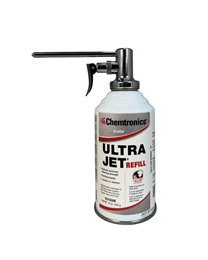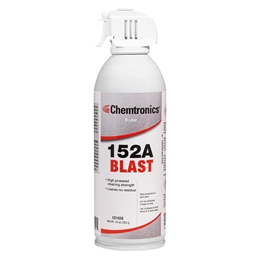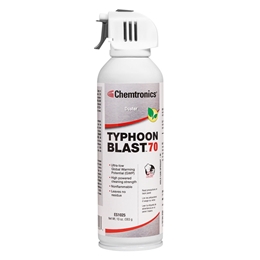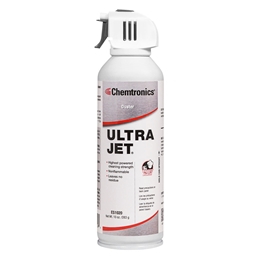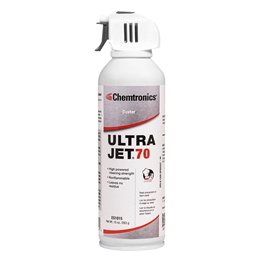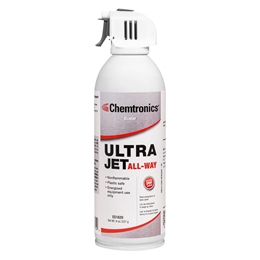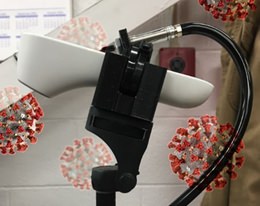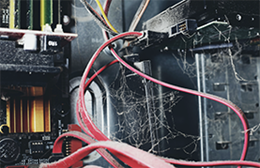Aerosol Duster
Powerful & Ultra-pure "Canned Air" for Cleaning Sensitive Electronics
Chemtronics aerosol dusters (commonly called "canned air") are made of highly filtered, oil and moisture free propellant developed for applications where safe, ultra-pure cleaning is required. Compact and portable, Chemtronics dusters deliver powerful jet action to instantly remove particles from even the most inaccessible areas. All Chemtronics Dusters economize solvent usage by removing layers of dry particulate allowing the solvent to work immediately on encrusted soils. They also accelerate surface drying when using slow evaporating cleaners to remove damaging oil and residue.
Use Chemtronics® Duster to clean contaminants from:
- Printed circuit boards
- PLCs (Programmable Logic Controllers)
- Contacts and connectors
- Relays, switches
and solenoids - Computers and keyboards
- Electrical equipment
- Electronic instruments
- Telecommunication equipment
- Audio equipment
- Laboratory instrumentation
- Medical devices
- Photographic and video equipment
Energized Circuits / Nonflammable
Invertible
Spray Force
Environmental & Safety
